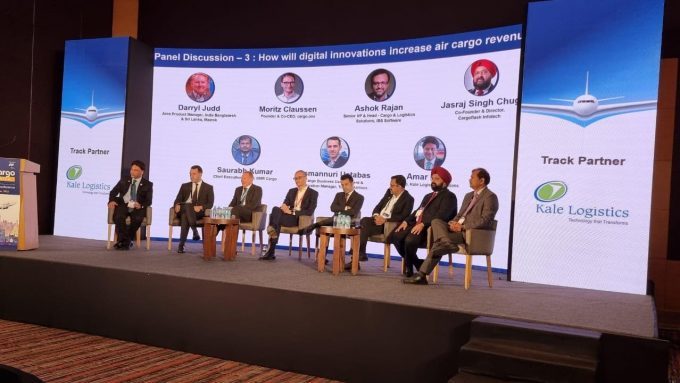Indian air cargo exports flying, boosted by improvements and expansion
International air cargo volumes out of India were estimated to have surged 19% year on ...

Kale Logistics Solutions looks set to sign on a deal to bring an airport cargo community system to Chicago Rockford Airport. “The agreement is in process,” confirmed Amar More, chief executive of the Mumbai-based tech company.
In addition, Kale is thought to be tendering for Kenya’s new airport development project, though Mr More was non-committal about this.
Mr More, speaking to The Loadstar on the sidelines of Air Cargo India last week, said technology would transform “the way business operations and B2B ...
Keep our news independent, by supporting The Loadstar
Volume surge and an early peak season? 'Don't celebrate too soon,' warning
Container spot rates diverge: to Europe still falling, but firmer to the US
Hapag-Lloyd won't take bookings if port congestion leaves cargo stranded
Ecommerce likely the front-runner in resurge of transpacific trade after deal
China-US trade tariff pause could drive a rebound for transpacific rates
Service chaos from trade ban with India a problem for Pakistan shippers
Shippers should check out the 'small print' in China-US tariff cuts
Airfreight rates ex-China 'loss-making', but hopes of a trade deal stay high
Carriers impose 'emergency operation' surcharges on Pakistan cargo
Serious threat to jobs in US logistics as tariffs cause economic 'stagflation'
15% rebate for box ships as Suez Canal Authority woos carriers
White House u-turns see freighters flying but keep logistics players on their toes
MSC in terminal switch as Nhava Sheva gets strong start to new fiscal year
Peak season or recession? Forwarders and shippers need to 'stay flexible'
Volga-Dnepr claims 'pirate' Canada has 'hijacked' its stranded aircraft

Comment on this article